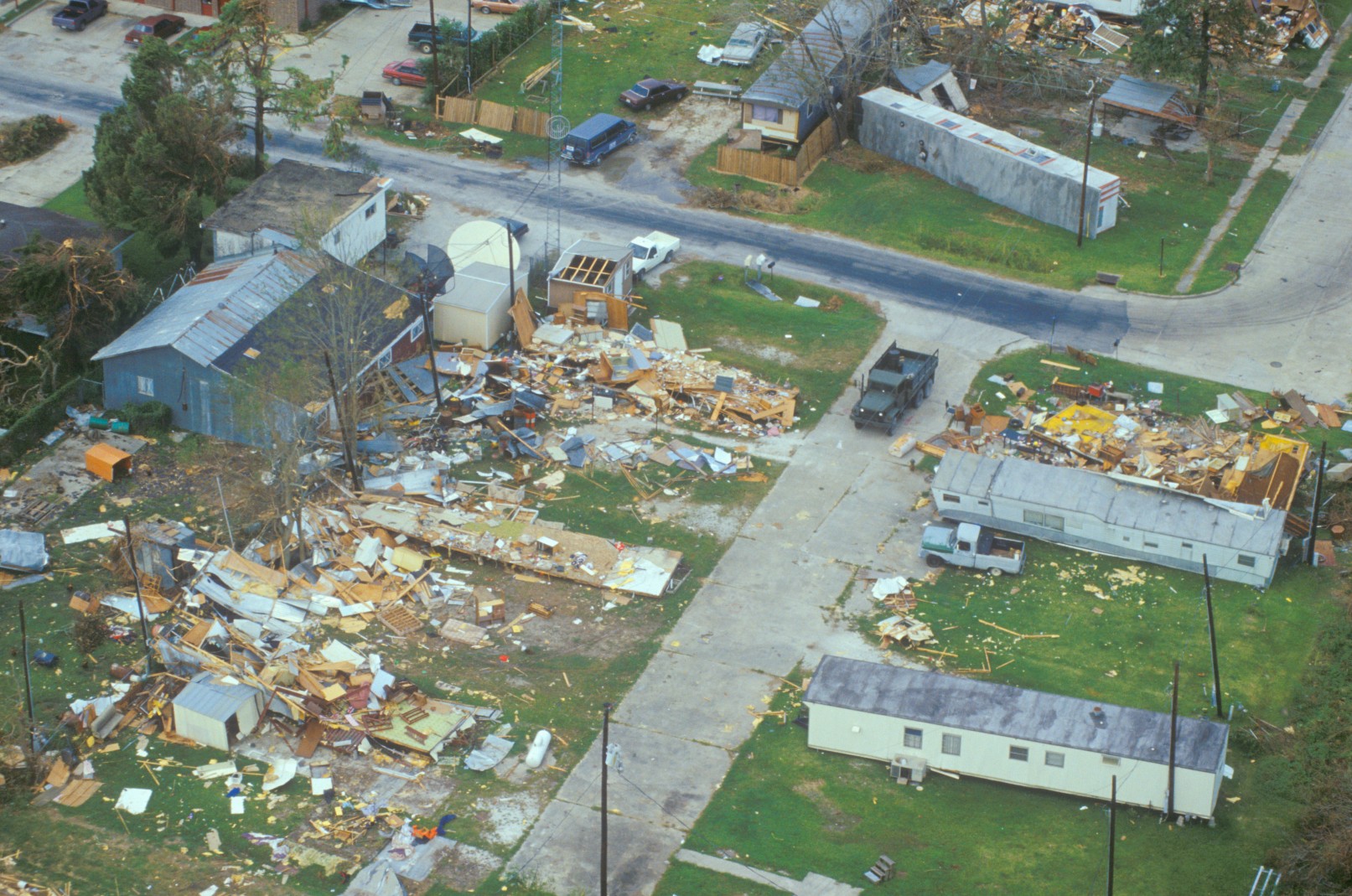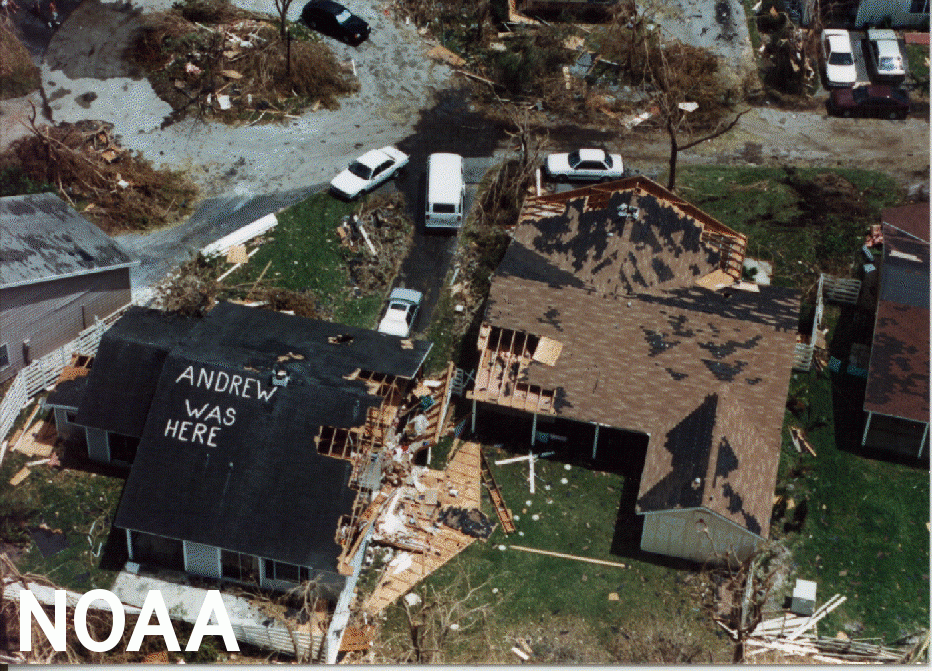
Heavy Rain, Flooding, and Chance of Severe Weather Staring Down the Southern U.S.
January 22, 2024
Posted: August 23, 2022 10:46 am





Hurricane Andrew became the most destructive and expensive hurricane that ever hit Florida, and it almost had a different name. The first named storm of the hurricane season in 1992, the storm came together at just about this time of year. That proves that hurricane season can’t be dismissed just because of a relatively slow start.
Hurricane Andrew almost gave its name to a subtropical storm that developed 4 months earlier on April 21, 1992. The storm had the pocket of cool air overhead, which characterizes most storms that eventually develop into hurricanes or named tropical storms. The storm just missed being named Tropical Storm Andrew and entered history as Subtropical Storm One.
Hurricane Andrew might have been named Bonnie after the hurricane that followed it, but it wouldn’t have had the same ring as Andrew. Andrew became known for its lethal destructiveness when Tropical Storm Andrew developed into a category 5 hurricane and made landfall at Elliott Key, which is just 23 miles south of Miami. The storm hit Florida on August 24, 1992.
Damage was immediate and intensive resulting in massive property damages and at least 44 deaths. The storm’s impact went well beyond the number of deaths and included loss of electricity to 1.4 million homes and loss of telephone service to 150,000 homes and businesses. The storm occurred well before mobile phones became common, and many people were stranded without communications when 63,000 homes were completely destroyed.
Andrew also wrecked 31 public schools, 82,000 businesses, 32,900 acres of farmland, 59 hospitals and healthcare facilities, 3,000 water mains and 3,300 miles of power lines. Fortunately, the hurricane didn’t reach Miami or Fort Lauderdale directly where the damages would have escalated dramatically.
When Hurricane Andrew hit Florida, between 20,000 and 30,000 tourists were visiting the Florida Keys and needed to be evacuated. Most of the evacuations occurred in the Upper and Middle Keys, which left at least 722 people displaced and settled in a shelter. Mandatory evacuations were ordered for Everglades City, Chokpoloskee, Goodland, the Isle of Capri, Plantation Island and Marco Island.
A total of 515,670 people were evacuated from Miami-Dade County, and 90,000 were settled in shelters. Sudden evacuations were ordered for Lee County that included 75,000 residents just 20 hours before the storm’s winds arrived.
Displaced persons slept in Red Cross shelters, and prisoners were doubled up to accommodate staff family members. About 400 people sought safe havens at area rest stops along Interstate 75. Governor Lawton Chiles declared a state of emergency and dispatched one-third of the total national guard troops to assist in maintaining order.
Evacuations were ordered for many counties that included Sarasota, Palm Beach, Monroe, Miami-Dade, Martin, Lee, Collier, Charlotte and Broward. Experts pointed out that evacuation of 4.2 million people greatly reduced the fatality rate, which was relatively low based on preparation and a slowly advancing storm.

The storm also damaged parts of southern Louisiana, and the storm left a total of 250,000 homeless just in Dade County. Strangely enough, the population of the affected areas has grown substantially in 30 years by 51% — 20 million today versus 13.6 million in 1992. Efforts to improve responses to tropical storms and hurricanes after Hurricane Andrew include:
Tropical storms can cause significant damage to areas hit before hurricanes arrive. Two tropical depressions also struck key areas on June 25, 1992, and July 24, 1992.
Strangely enough, either of these storms could have easily become named storms. If they had, Hurricane Andrew would be known as Hurricane Bonnie or Hurricane Charley, both of which sound more benign. The name Hurricane Andrew was retired after the storm passed into history books.
Reviewing the results of previous storms provides deeper knowledge of how to ensure your family’s safety. Hurricane Andrew, though expensive and destructive, caused fewer deaths than similar category 5 hurricanes because of preparation and quick action.

January 21, 2024

January 19, 2024

January 18, 2024